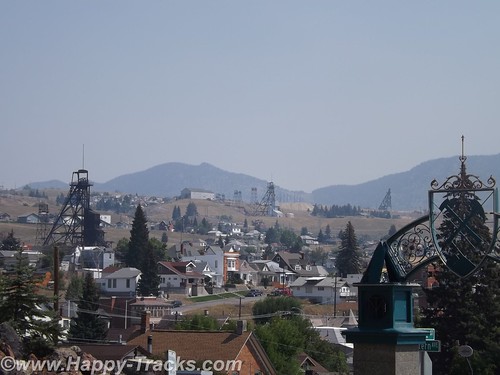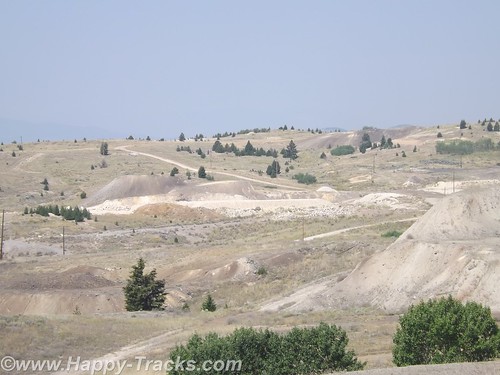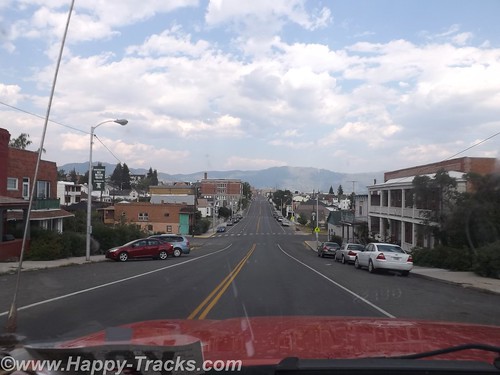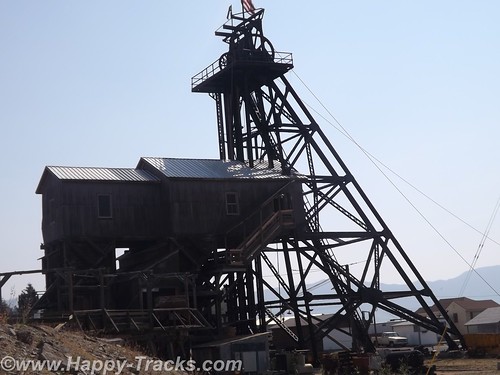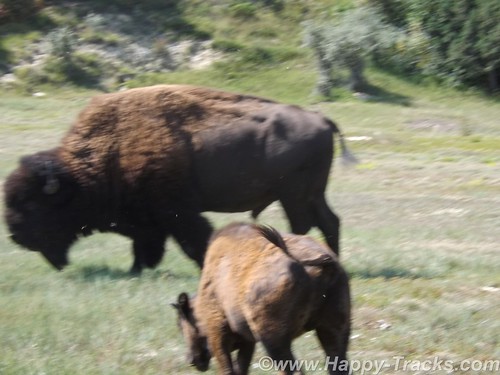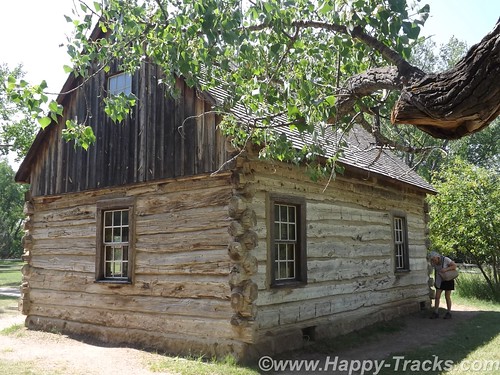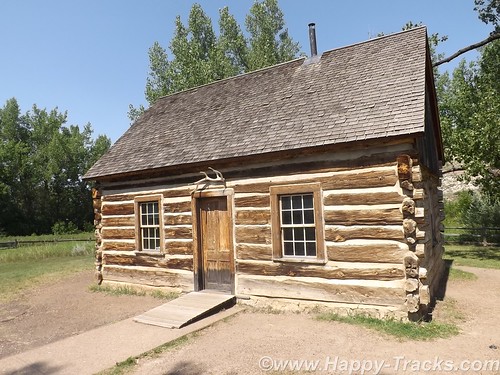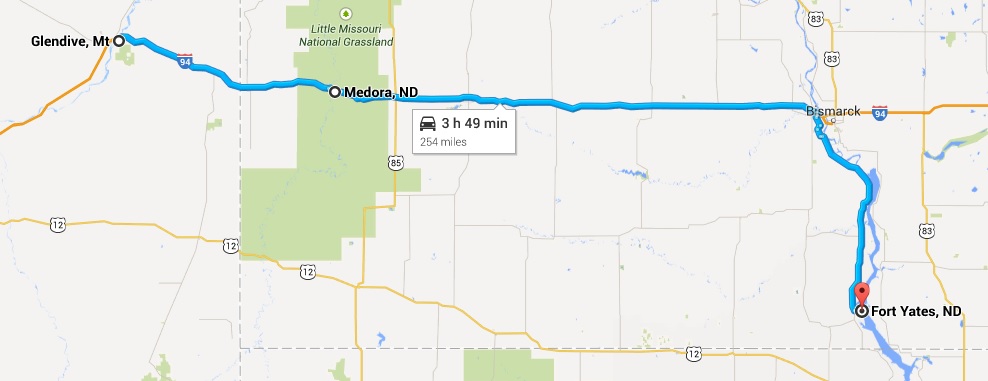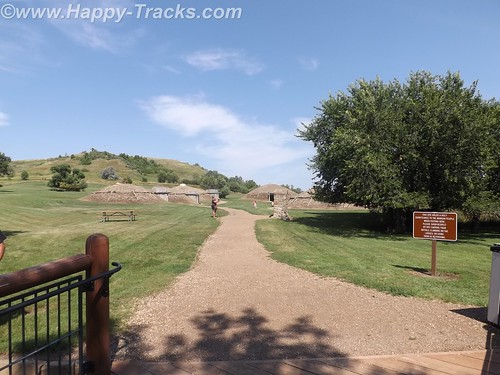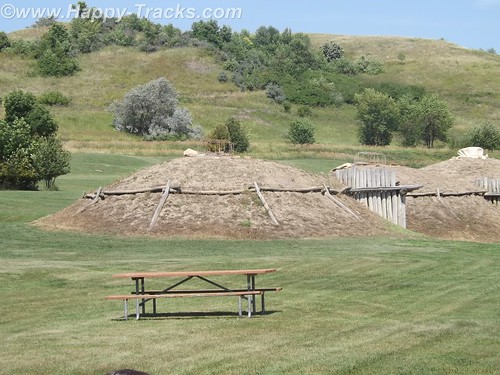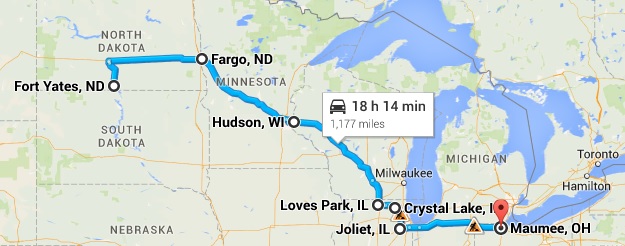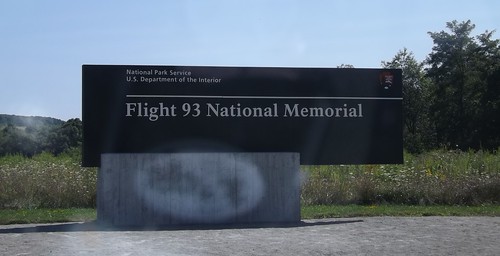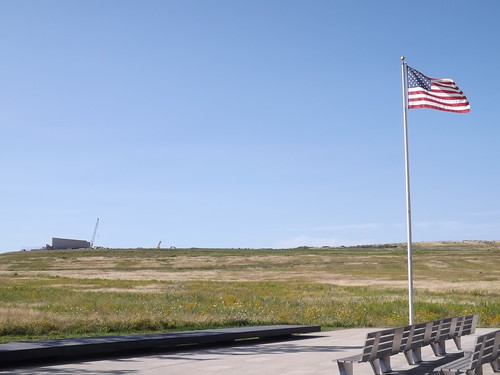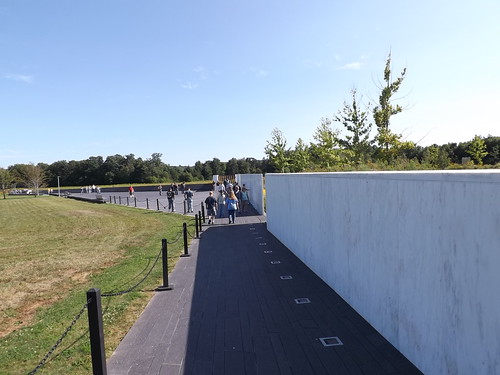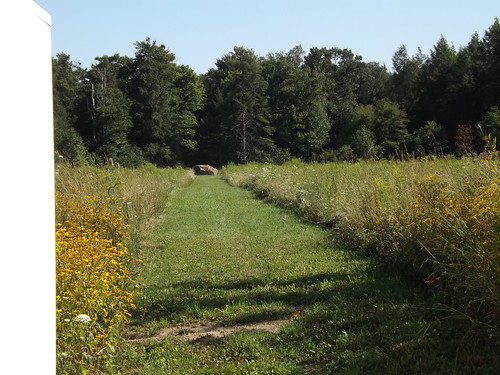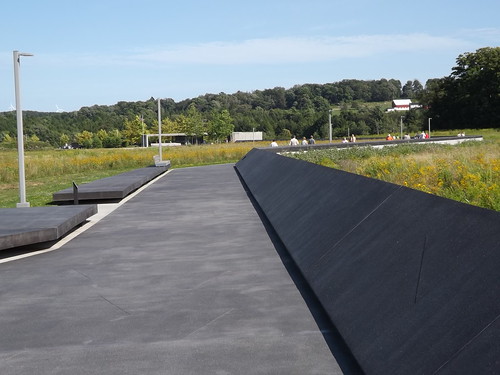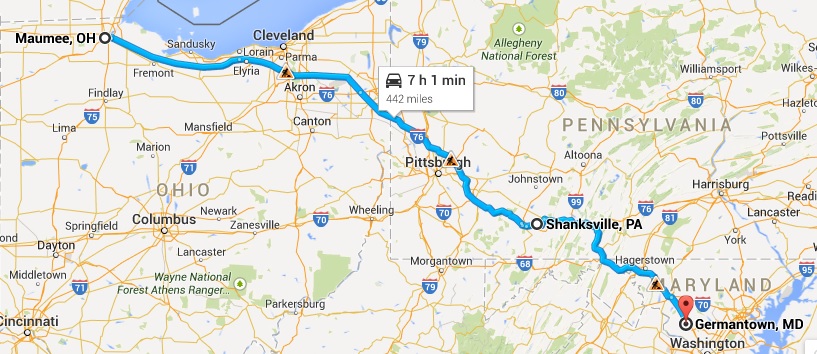4x4x4doors
Explorer
US Border to Butte, Montana
 amapborder_butte by RKHolman, on Flickr
amapborder_butte by RKHolman, on Flickr
We started heading southeast from Everett and into Mt. Baker-Snoqualmie National Forest and eventually climbing up to Stevens Pass. There was a ski lodge resort there that appeared to be open all year, even when there was no snow, but it had closed for the day before we arrived and took a break in their parking lots. We saw bicyclists coming up and over from the east side. I admire their stamina and determination but didn’t share their interest in bicycling the area.
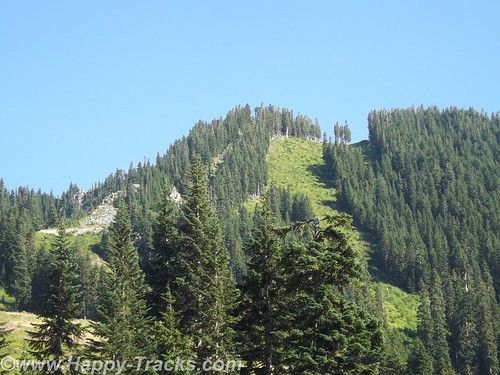 DSCF8623 by RKHolman, on Flickr
DSCF8623 by RKHolman, on Flickr
As we started down the east side of the pass, we were starting to see smoke from wildfires but didn’t know exactly where they were. As we exited the National Forest, we entered Leavenworth, a small Alpine town like several in the area. A tourist town, maybe winter ski area but busy as we drove through.
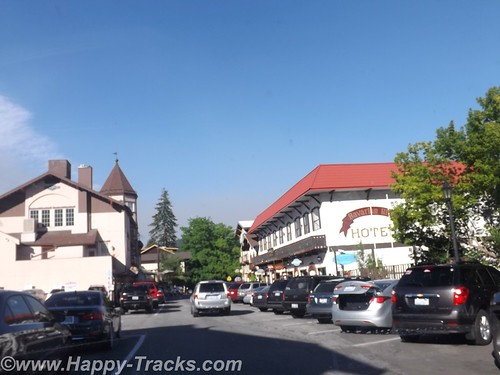 DSCF8629 by RKHolman, on Flickr
DSCF8629 by RKHolman, on Flickr
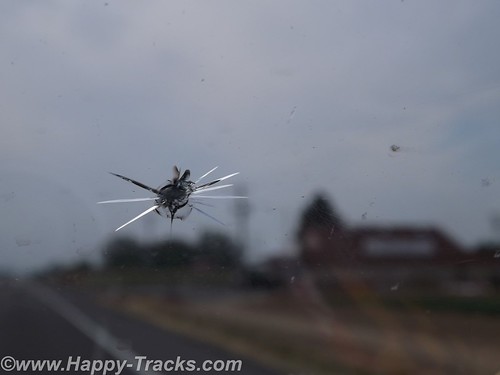 DSCF8638 by RKHolman, on Flickr
DSCF8638 by RKHolman, on Flickr
On new pavement, we were passed by a truck headed west and managed to catch a rock from him with our windshield. After the warnings of rocky roads and potential damage in Canada and Alaska, it was somewhat ironic that we did get the crack on fresh smooth pavement in Washington.
We drove on to Wenatchee and stopped for the night in the first place we found available, Inn at the River. The smoke was now very noticeable and it was hot as it would be for the next couple of days. We crossed the river to find our lodging but it took a bit to find the river from the inn as it was on the other side of the freeway and the railroad tracks. We overheard someone at the desk talking about having to be careful in choosing route to Seattle due to the fires and the smoke. Many of the hotel guests were firefighters.
Inn at the River sits across the street from Valley Mall. We went in to replenish the vitamin supply at a GNC store and then had dinner at Shari’s Restaurant and Pies. Shari’s is a chain similar in concept to Denny’s, Perkins, etc. We had eaten one in Bangor for the sub reunion as it was across the street from the hotel where we stayed there. The food was good and the pastry looked tempting but we passed.
We continued east towards Spokane through miles and miles of relatively flat land given to orchard agriculture. Through much of the area, the crops were identified by signs alongside the road. It helped us see the variety of crops and helped with the “What’s that?” questions that always seem to arise as we go through farm country.
We dropped down and picked up Interstate 90 into Idaho and stopped for lunch in Wallace. Wallace is in a pass with mountains on both sides with the interstate highway squeezing through. Wallace turned out to be about 4 blocks wide, all on the same side of the interstate.
Wallace had been a silver mining town and the restaurant where we stopped for lunch had a gift shop with silver jewelry on display. The restaurant was pretty quiet with the hostess/waitress/cook all being the same person.
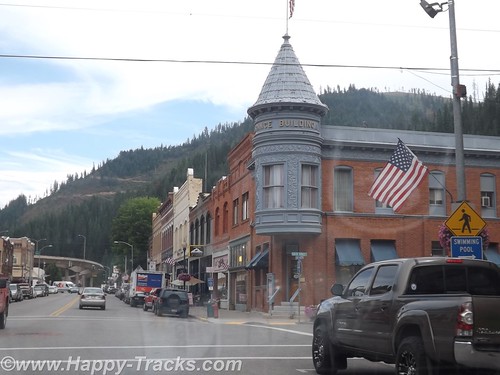 DSCF8647 by RKHolman, on Flickr
DSCF8647 by RKHolman, on Flickr
There was an accordion festival scheduled for the coming weekend. Wallace also has a brothel museum but we didn’t find out about it until after we had already left. There were numerous references to bicycle races as Wallace is a major stop on several annual cross-country races.
More at this link
 amapborder_butte by RKHolman, on Flickr
amapborder_butte by RKHolman, on FlickrWe started heading southeast from Everett and into Mt. Baker-Snoqualmie National Forest and eventually climbing up to Stevens Pass. There was a ski lodge resort there that appeared to be open all year, even when there was no snow, but it had closed for the day before we arrived and took a break in their parking lots. We saw bicyclists coming up and over from the east side. I admire their stamina and determination but didn’t share their interest in bicycling the area.
 DSCF8623 by RKHolman, on Flickr
DSCF8623 by RKHolman, on FlickrAs we started down the east side of the pass, we were starting to see smoke from wildfires but didn’t know exactly where they were. As we exited the National Forest, we entered Leavenworth, a small Alpine town like several in the area. A tourist town, maybe winter ski area but busy as we drove through.
 DSCF8629 by RKHolman, on Flickr
DSCF8629 by RKHolman, on Flickr DSCF8638 by RKHolman, on Flickr
DSCF8638 by RKHolman, on FlickrOn new pavement, we were passed by a truck headed west and managed to catch a rock from him with our windshield. After the warnings of rocky roads and potential damage in Canada and Alaska, it was somewhat ironic that we did get the crack on fresh smooth pavement in Washington.
We drove on to Wenatchee and stopped for the night in the first place we found available, Inn at the River. The smoke was now very noticeable and it was hot as it would be for the next couple of days. We crossed the river to find our lodging but it took a bit to find the river from the inn as it was on the other side of the freeway and the railroad tracks. We overheard someone at the desk talking about having to be careful in choosing route to Seattle due to the fires and the smoke. Many of the hotel guests were firefighters.
Inn at the River sits across the street from Valley Mall. We went in to replenish the vitamin supply at a GNC store and then had dinner at Shari’s Restaurant and Pies. Shari’s is a chain similar in concept to Denny’s, Perkins, etc. We had eaten one in Bangor for the sub reunion as it was across the street from the hotel where we stayed there. The food was good and the pastry looked tempting but we passed.
We continued east towards Spokane through miles and miles of relatively flat land given to orchard agriculture. Through much of the area, the crops were identified by signs alongside the road. It helped us see the variety of crops and helped with the “What’s that?” questions that always seem to arise as we go through farm country.
We dropped down and picked up Interstate 90 into Idaho and stopped for lunch in Wallace. Wallace is in a pass with mountains on both sides with the interstate highway squeezing through. Wallace turned out to be about 4 blocks wide, all on the same side of the interstate.
Wallace had been a silver mining town and the restaurant where we stopped for lunch had a gift shop with silver jewelry on display. The restaurant was pretty quiet with the hostess/waitress/cook all being the same person.
 DSCF8647 by RKHolman, on Flickr
DSCF8647 by RKHolman, on FlickrThere was an accordion festival scheduled for the coming weekend. Wallace also has a brothel museum but we didn’t find out about it until after we had already left. There were numerous references to bicycle races as Wallace is a major stop on several annual cross-country races.
More at this link

